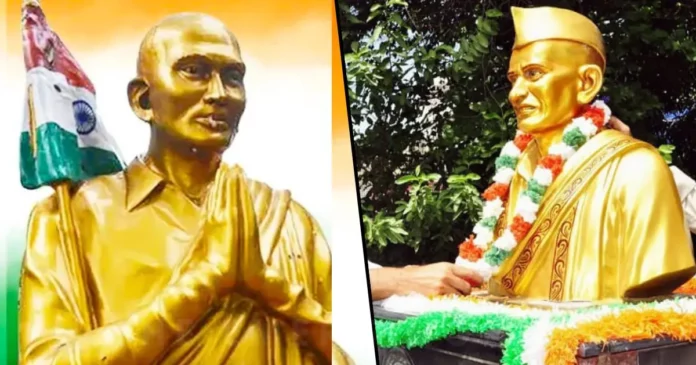
Pingali Venkayya: A well-known Indian freedom warrior who was essential to the Indian Independence Movement was Pingali Venkayya. He was a follower of Gandhi, as well as a geologist, educator, writer, presenter, and expert in agriculture. Did you realise? The person who had a significant impact on the design of the national flag was Pingali Venkayya. Despite being the pride of our country, most Indians have never heard of it. In 1963, he passed away in a state of comparatively extreme poverty and was eventually forgotten.
Check out Some interesting facts about Pingali Venkayya, The Man Designed Tricolour.
1. On August 2, 1878, Pingali Venkayya was born in an Andhra Pradesh Telugu Brahmin family.

2. The parents of the independence fighter were Venkata Ratnam and Hanumantha Rayudu.
3. Pingali Venkayya education

He attended Machilipatnam’s Hindu High School for his formal education. He lived in a variety of places throughout his infancy in the Krishna district, including Pedakallepalli and Yarlagadda.
Pingali Venkayya graduated from Madras Presidency College with a diploma in geology.
4. Pingali Venkayya’s wife is Rukminamma, He wed the Karanam’s daughter from Pamarru village.

5. At the age of 19, he enlisted in the British Indian Army.
He served in South Africa from 1899 to 1902 during the Second Boer War. He first encountered Gandhi Ji at this time.
6. Venkayya believed that an Indian flag was necessary.
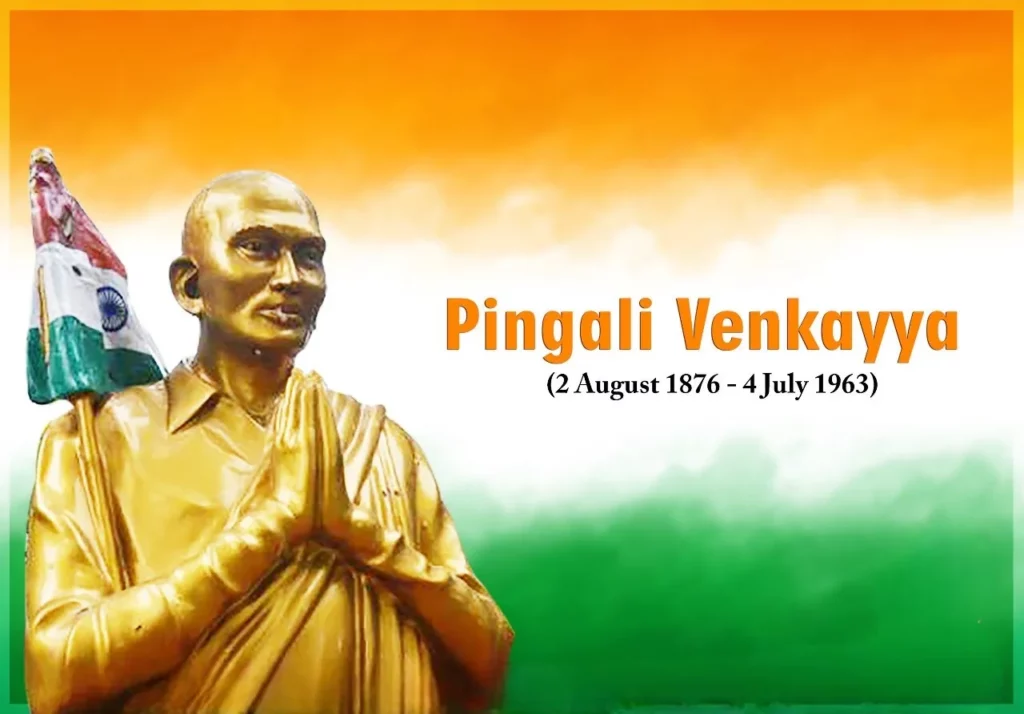
The British flag had to be saluted by the soldiers throughout the conflict. He desired to fly the Indian flag.
7. Pingali Venkayya career
From 1911 through 1944, he worked as a lecturer at the Andhra National College in Machilipatnam. In Nellore, Venkayya studied mica between 1924 and 1944.
8. Pingali Venkayya also wrote a book on Geology titled ‘Thalli Raayi’.
9. He was known as “Diamond Venkayya” for his knowledge of diamond mining, and “Patti Venkayya” for his research on Cambodian cotton.
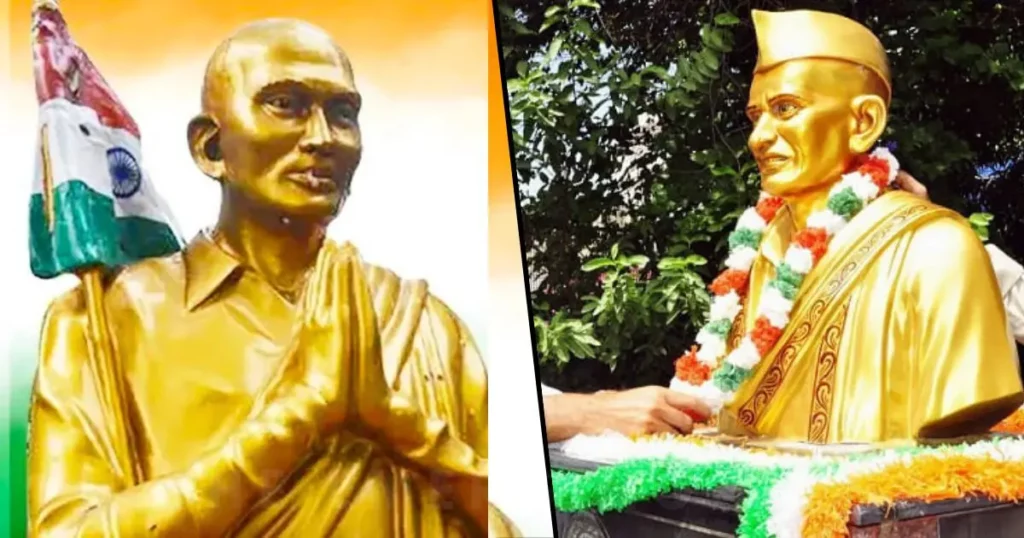
10. Pingali Venkayya, often known as “Japan Venkayya,” was fluent in several languages, including Urdu and Japanese.
He gave a lengthy address in Japanese in 1913 at a Bapatla school.
11. Venkayya attended the Calcutta meeting of the All India Congress Committee (AICC) in 1906 while being led by Dadabhai Naoroji.
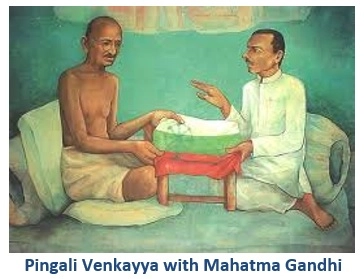
12. An essential part of designing the Indian National Flag was played by Venkayya.
He made the decision to create a flag for the Indian National Congress because he opposed the idea of raising the British flag during Congress meetings.
13. Over 25 flag designs were created by Pingali Venkayya, each of which has a different significance and connection to Indian history, culture, and legacy.
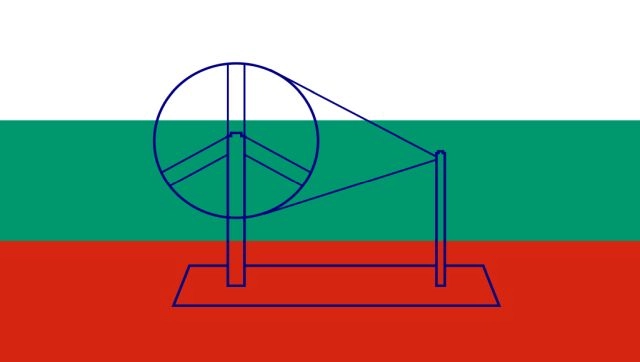
14. He published a book in 1916 called Bharatha Desaniki Oka Jatiya Patakam, which translates to “A National Flag for India,” and had 30 possible flag designs.
15. From 1918 until 1921, he was employed at the Andhra National College in Machilipatnam, where he presented the Congress leadership with a number of suggestions.
16. Gandhi urged Venkayya to submit a flag design for the key two-day meeting of the AICC in 1921, and he did so in a matter of three hours.
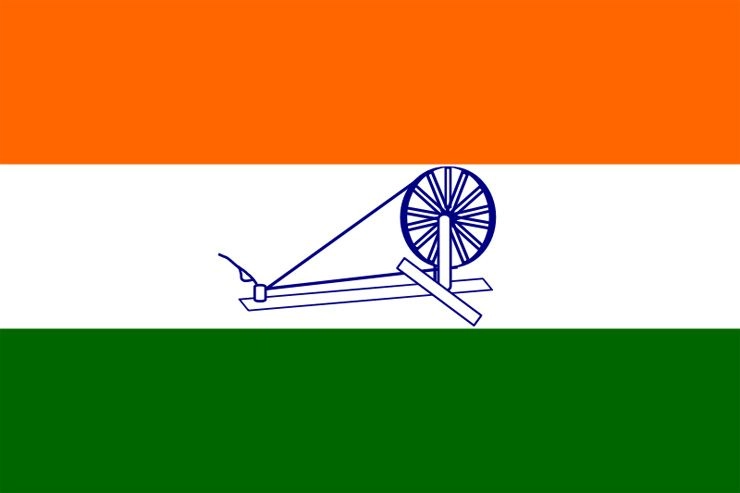
The initial flag’s design was based on a Khadi bunting and used the colours red and green, which stood for Muslims and Hindus respectively. Gandhi’s idea led to the addition of the white stripe to the flag.
17. Twenty days before India gained its independence, on July 22, 1947, during a sitting of the Constituent Assembly, the flag was accepted in its current design.
18. In 1963, Pingali Venkayya passed away in a state of near destitution.

He was reportedly neck-deep in poverty and left with no money at the time of his death, according to sources. He just owned a modest hut in Chittinagar, which was built on land he was given in exchange for his military service. According to reports, Venkayya’s son Chalapathi Rao passed away because he had problems getting medical attention.
The daughter of Pingali Venkayya, Ghantasala Seetha Mahalakshmi, passed away on July 21, 2022, at the age of 100.
19. Celebrations in honour of Pinglali Venkayya
In 2009, the first flag and postage stamp was released to honour Venkayya. Venkayya’s nomination for a posthumous Bharat Ratna was made in 2012, but the national government made no comment.

20. The Vijayawada station of All India Radio was given his name in 2014.
21. All around Andhra Pradesh, there are numerous statues of Pingali Venkayya.

